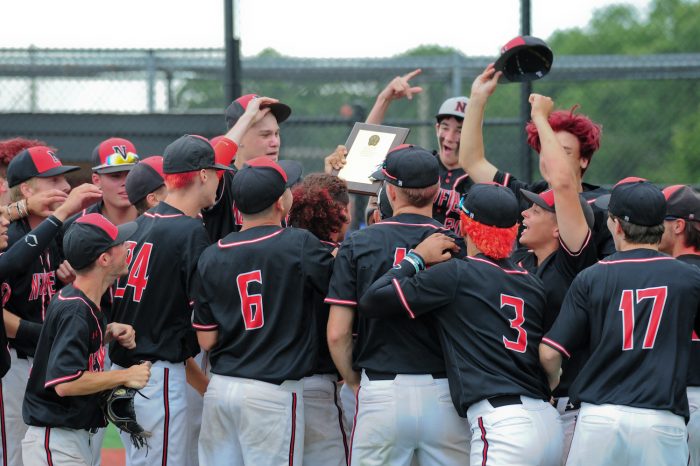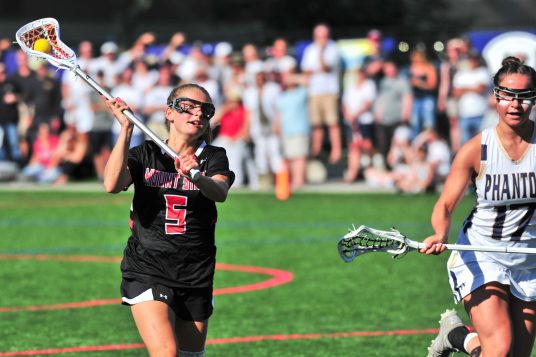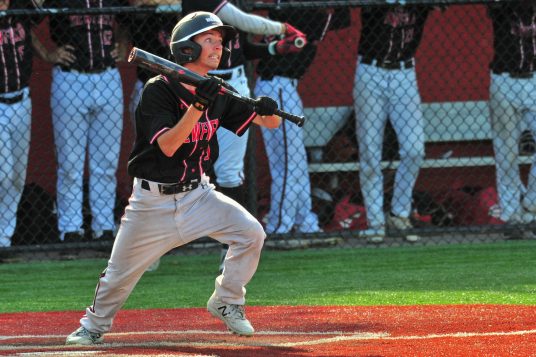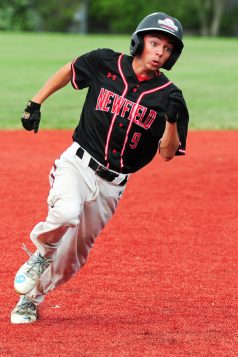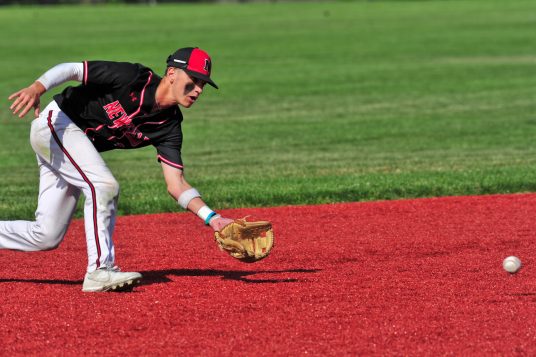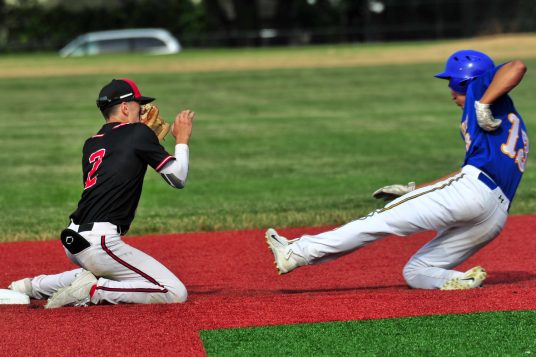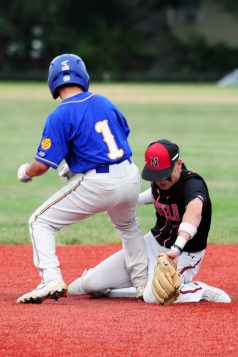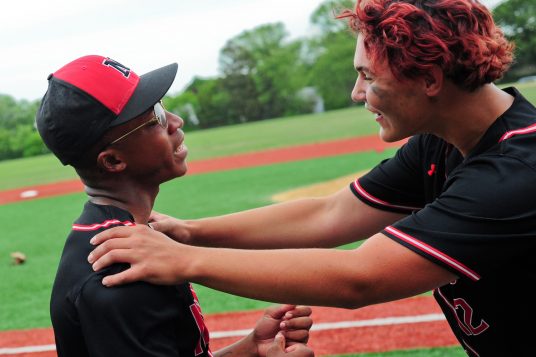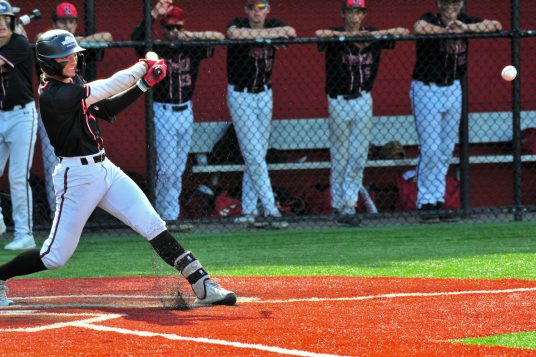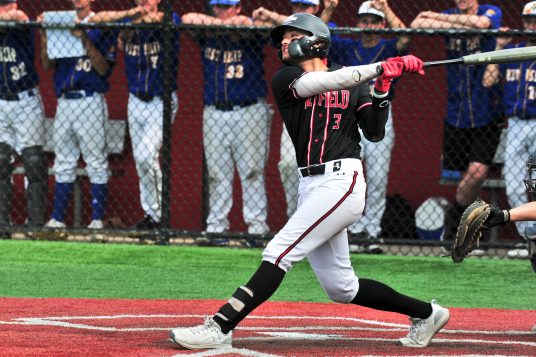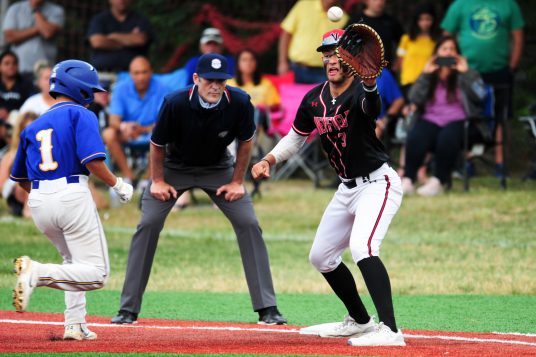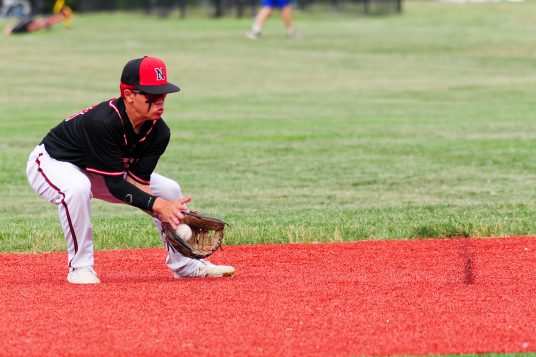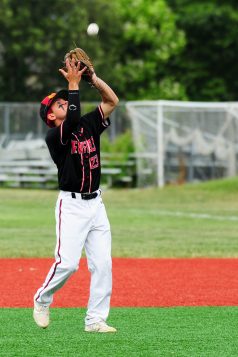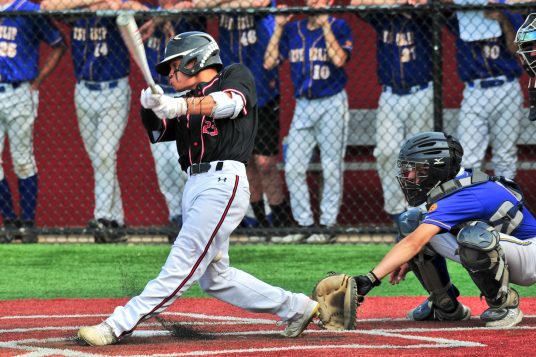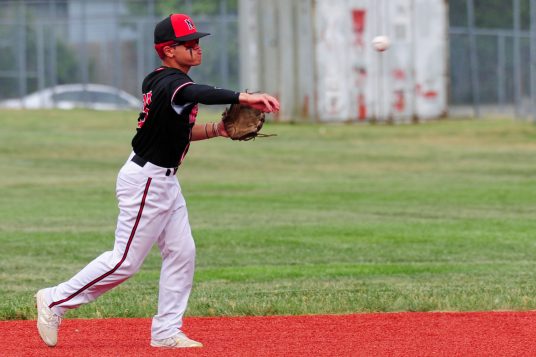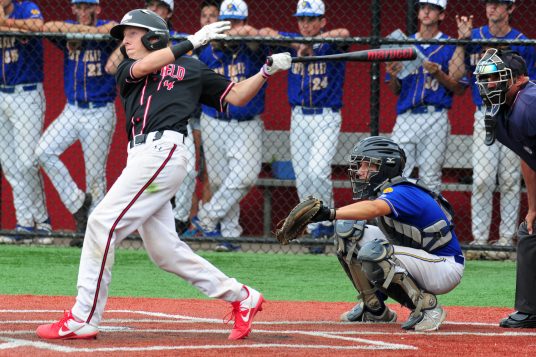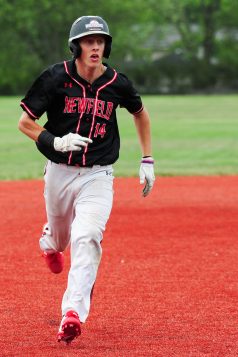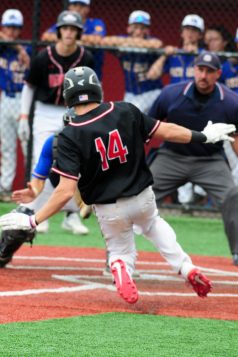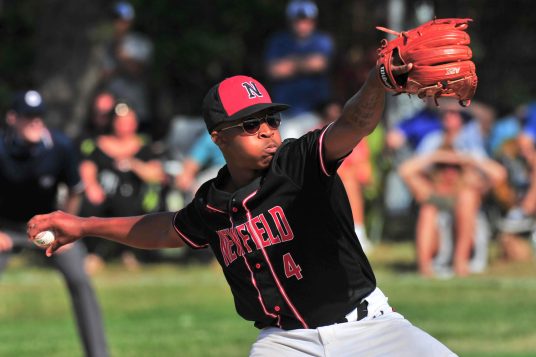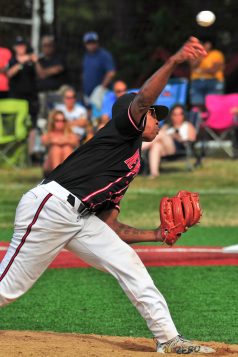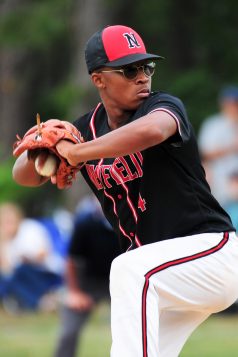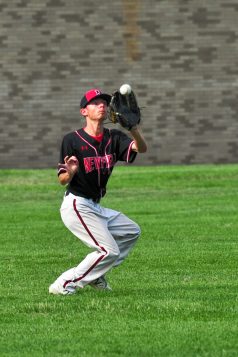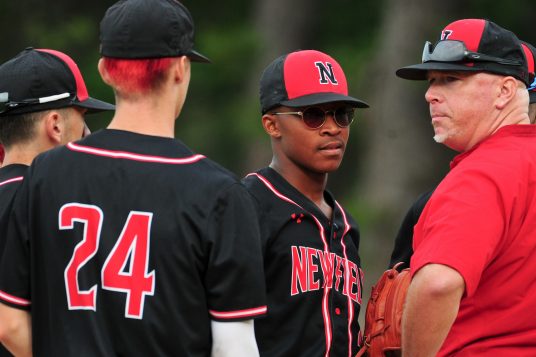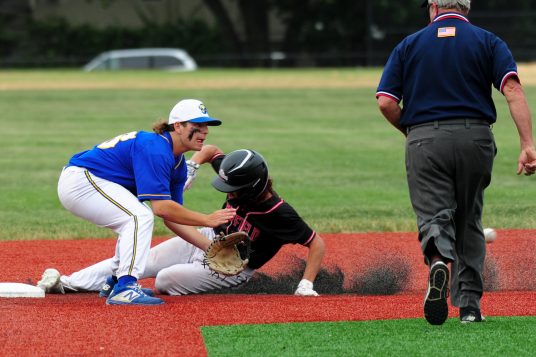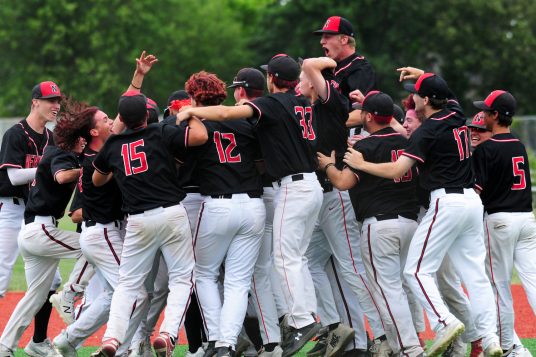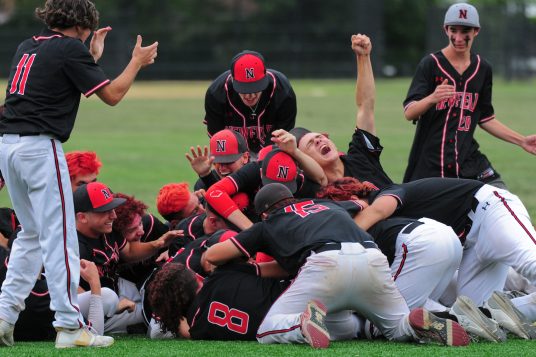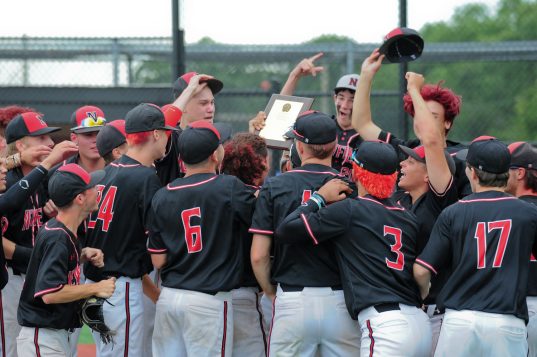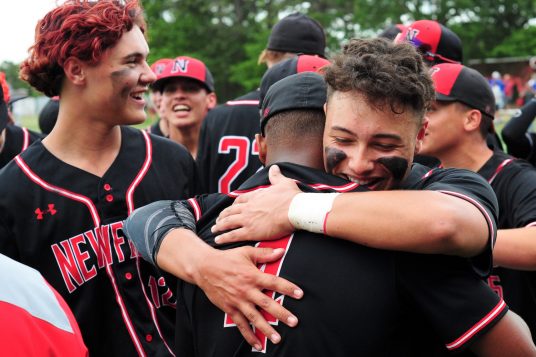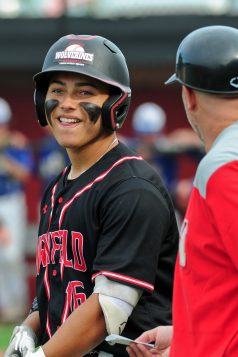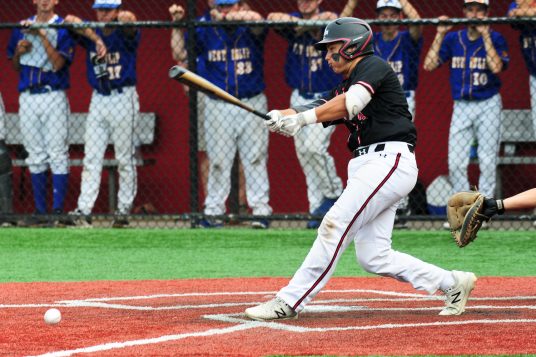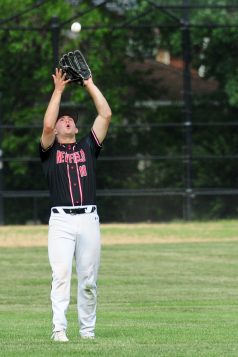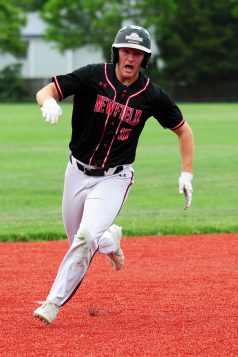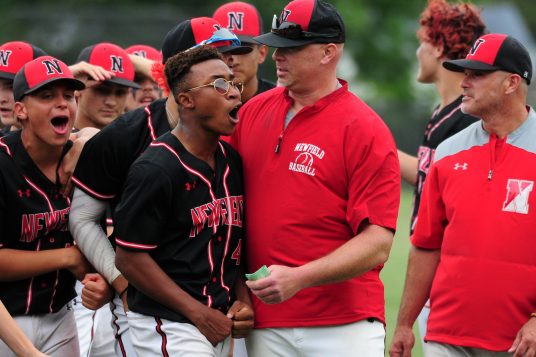By Barbara Anne Kirshner
The mighty Yankees and the AL Central first place White Sox magically emerge from a voluminous cornfield to take their places on a well-manicured baseball diamond and the game begins.
This scene played as if right out of a movie, except this wasn’t a movie, it was an actual baseball game. But it wasn’t being played in a grand stadium, instead it was played in a regulation ball field in rural Dyersville, Iowa, surrounded by acres of tall corn only feet away from the original baseball field and house featured in the iconic Kevin Costner movie Field of Dreams.
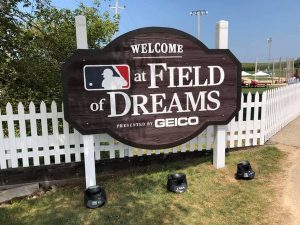 The regular-season baseball game, which had been delayed for one year due to the COVID pandemic, finally played Thursday evening August 12. It was exciting as if scripted by Hollywood with a surprising edge of your seat twist at the end.
The regular-season baseball game, which had been delayed for one year due to the COVID pandemic, finally played Thursday evening August 12. It was exciting as if scripted by Hollywood with a surprising edge of your seat twist at the end.
The Yankees fought their way back from a 7-4 deficit at the top of the ninth when they rallied with a two-run homer from Aaron Judge, then another two-run homer by Giancarlo Stanton off the Sox closer Liam Hendriks, to make the score 8-7 in the Yankees’ favor.
But the Yankees’ dreams of victory in Iowa were suddenly dashed when at the bottom of the ninth inning Tim Anderson hit the first pitch from Zack Britton to land a walk-off home run right in the middle of those corn fields giving the win to the White Sox.
Though the Yankees left in defeat, just being a part of this spectacular event was thrilling for the players and their fans. Yankees manager Aaron Boone said, “That was as special and breathtaking a setting for a baseball game as I’ve ever been part of.” Yankees outfielder Aaron Judge said, “It was pretty cool driving in and seeing everybody standing on the side of the road, with signs, cheering us on as we’re coming in.”
This newly built 8,000 seat ballpark sits right next to the original built for the 1989 movie starring Kevin Costner, Amy Madigan, Ray Liotta and James Earl Jones. Before the game, Costner ambled onto the outfield like his character Ray Kinsella and watched as the White Sox and Yankees walked out of the cornrows to take their places.
Baseball in hand, Costner headed to the microphone while the original musical score from the movie accompanied him. The actor looked at the crowd and uttered, “It’s perfect. We’ve kept our promise. The dream is still alive. There’s probably just one question to answer. Is this heaven? Yes, it is.” And it was perfect; it was heaven. The dramatic introductory festivities were a prelude to this exciting game.
Throughout the evening there were clips from the movie featuring some of the classic quotes, adding to the enchantment of it all. One pivotal quote from James Earl Jones’ character Terrance Mann was “Ray, people will come Ray. They’ll come to Iowa for reasons they can’t even fathom.”
And that’s exactly what happened Thursday, August 12, 2021. People came to Iowa to that magnetic cornfield to be part of the tradition of baseball, but more than that, they came to be part of a unique event. In addition to those in attendance were the 5.9 million total viewers on FOX Television, the largest audience for a regular season game on any network since 2005.
 At the end of the movie, the ghost players were on the field with Ray Kinsella looking on. Suddenly, the catcher takes off his mask revealing he is Kinsella’s deceased dad and after a few words, the father and son play catch leaving all of us to ponder what if we could have just a few minutes to play catch with a loved one.
At the end of the movie, the ghost players were on the field with Ray Kinsella looking on. Suddenly, the catcher takes off his mask revealing he is Kinsella’s deceased dad and after a few words, the father and son play catch leaving all of us to ponder what if we could have just a few minutes to play catch with a loved one.
Playing catch is such a singularly inviting activity for two people. The ball and the throw unite the pair. If only I could have one more moment with my mom, the person who introduced me to baseball and her beloved Yankees. If we could play catch like we did when I was a kid, what I would give for the chance to relive that moment with her.
Fans and players lingered after the game, then finally started their pilgrimage back home with the wish for one more moment.
Thankfully, Major League Baseball commissioner Rob Manfred announced that the Field of Dreams game will return to Dyersville, Iowa next August 2022. The teams taking part are undecided as of this writing.
Miller Place resident Barbara Anne Kirshner is a freelance journalist, playwright and author of “Madison Weatherbee —The Different Dachshund.”

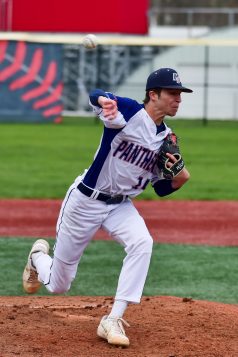
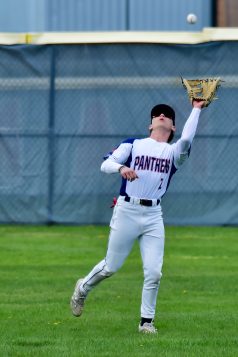
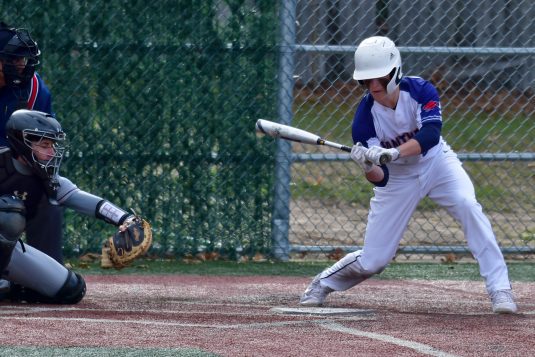
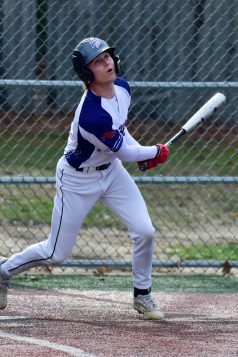
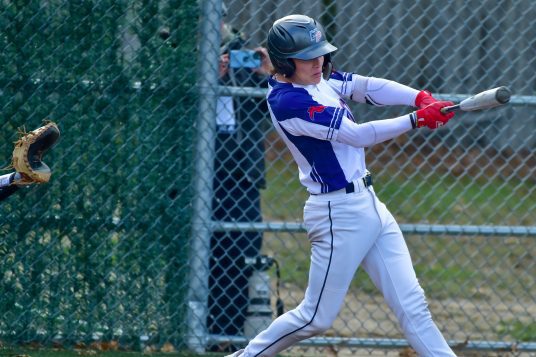
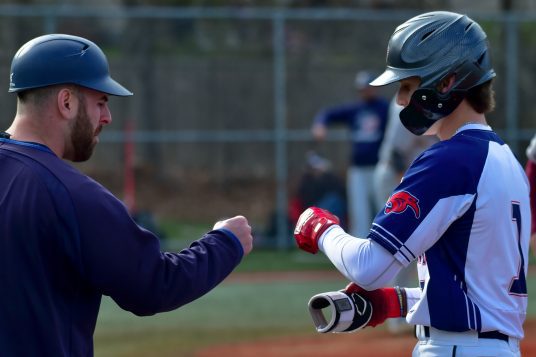
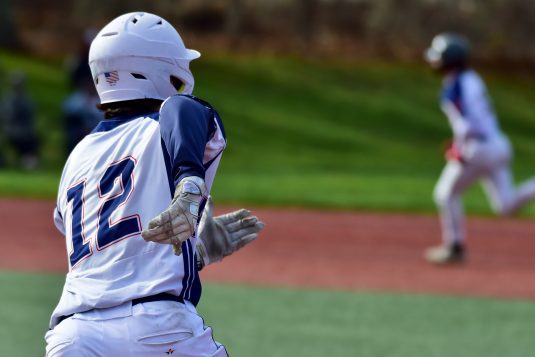
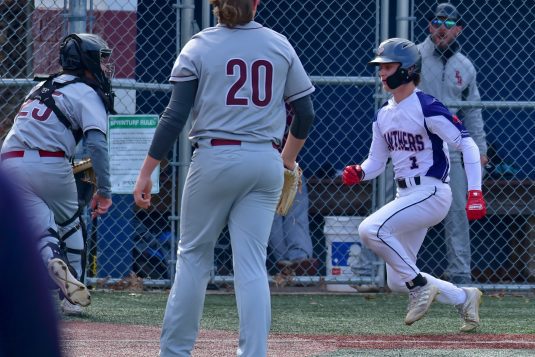
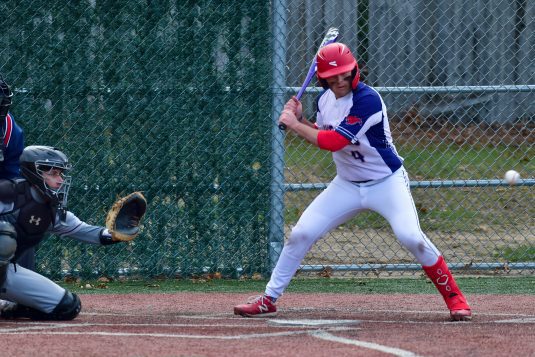
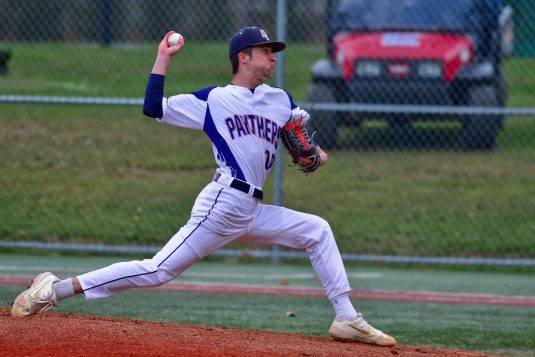
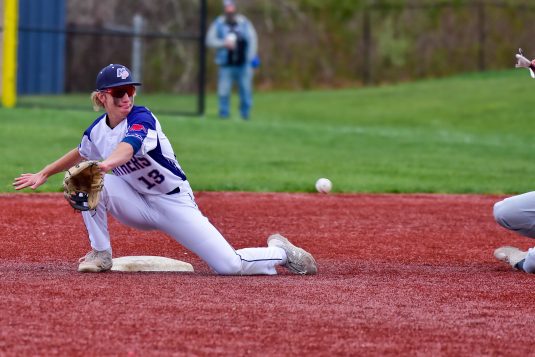
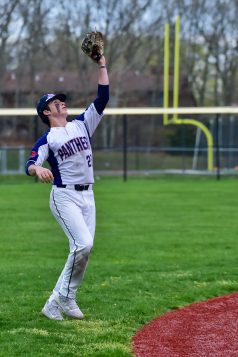
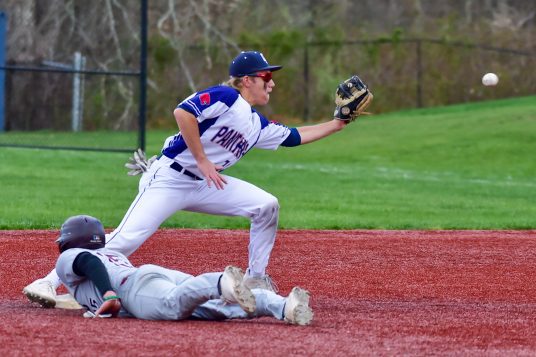
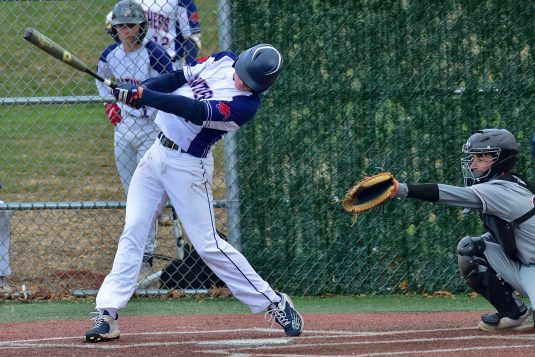
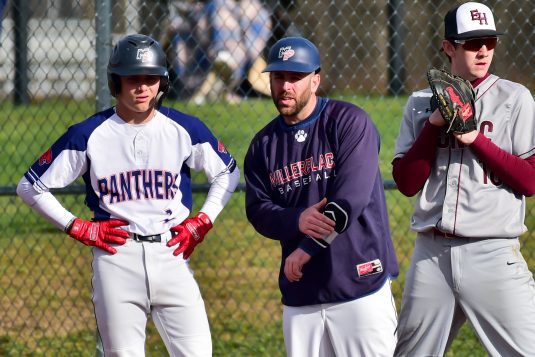
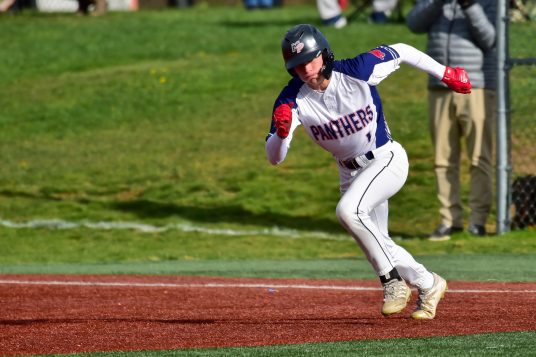
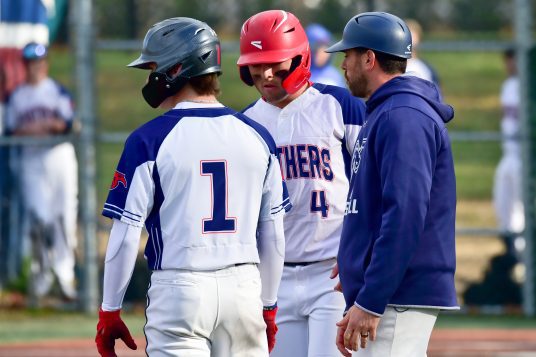
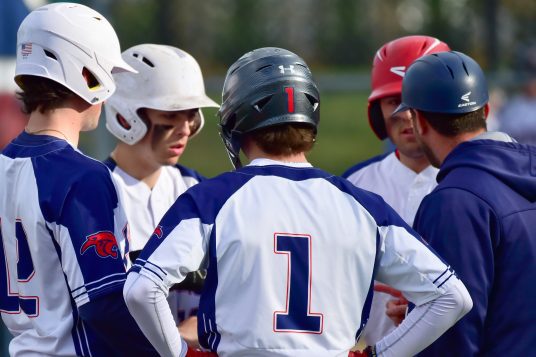
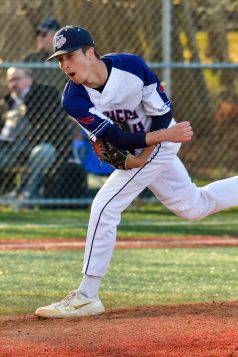
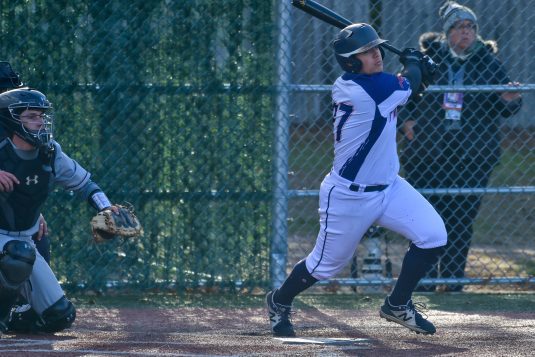
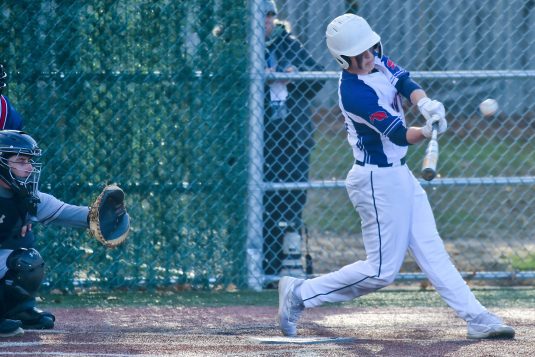
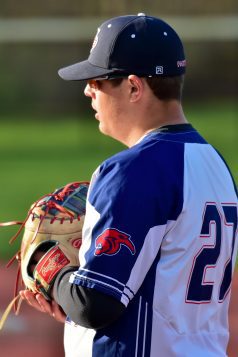
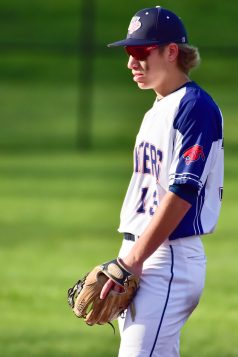
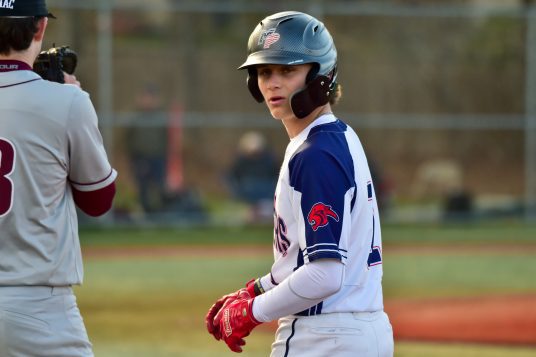
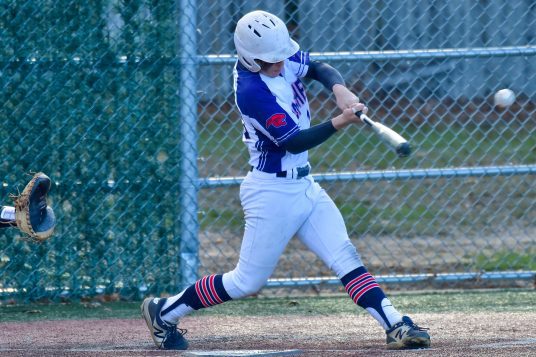
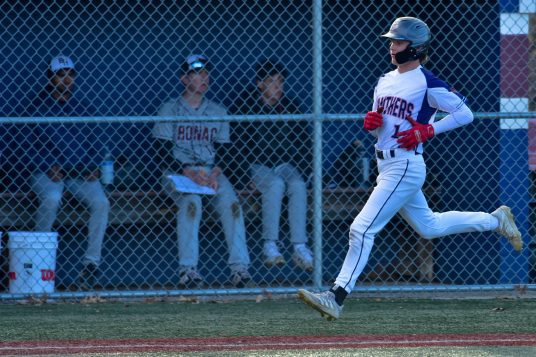

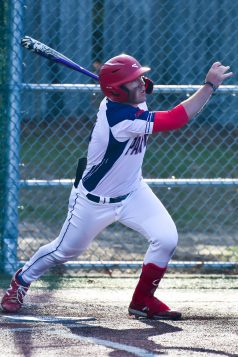
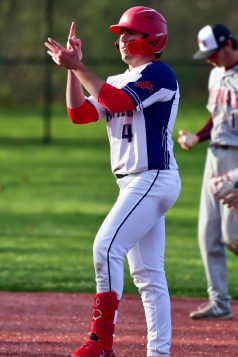
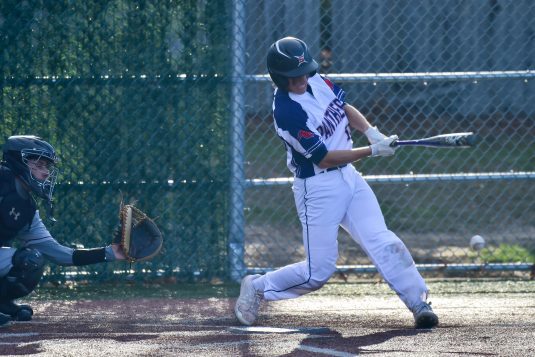
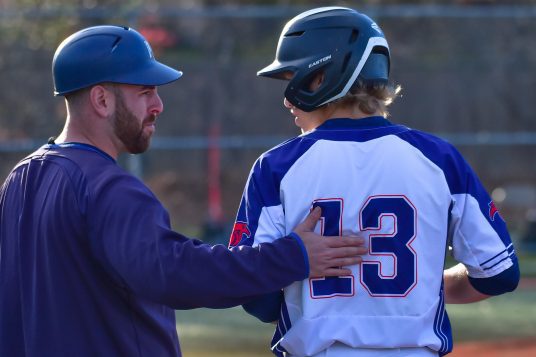
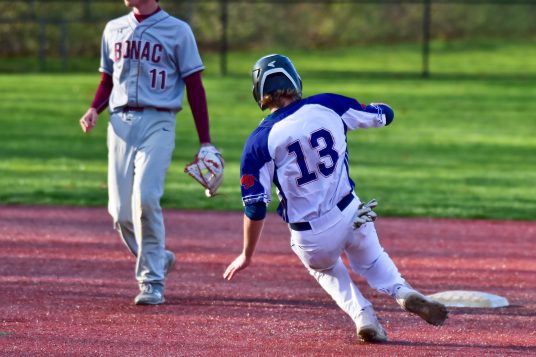
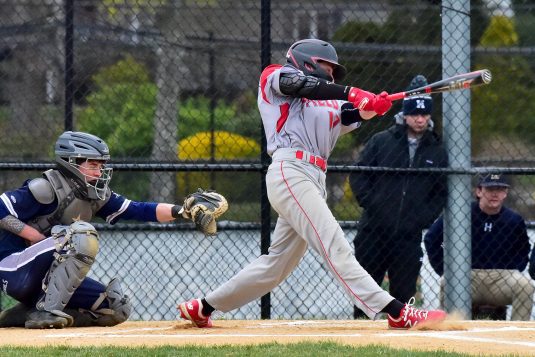
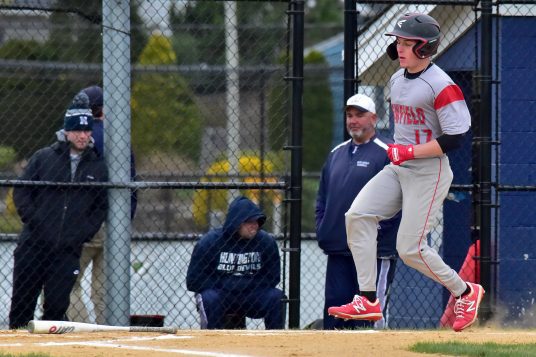
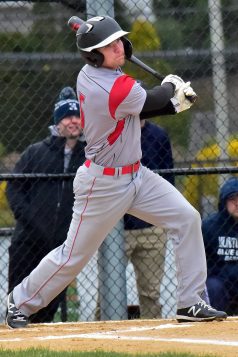
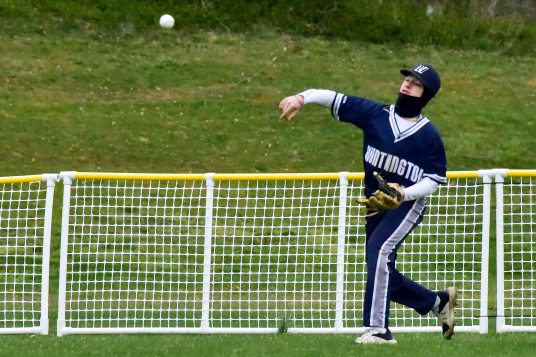
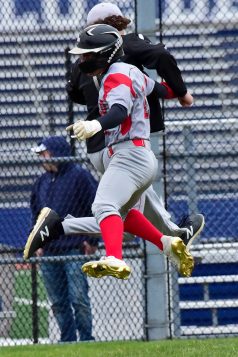
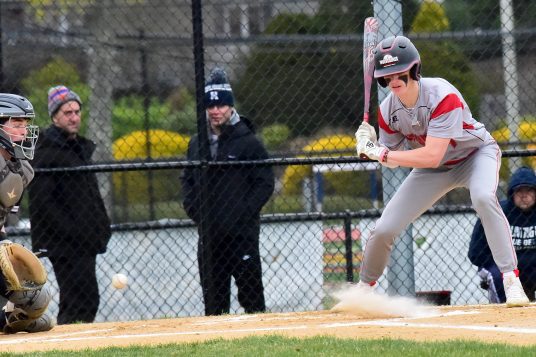
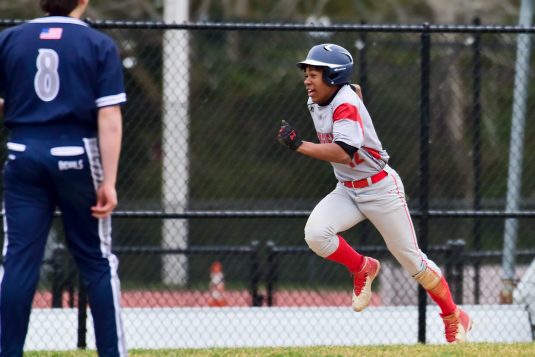
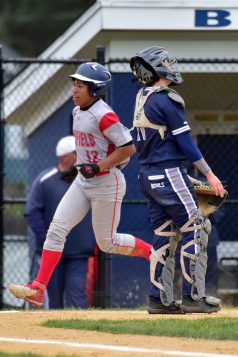
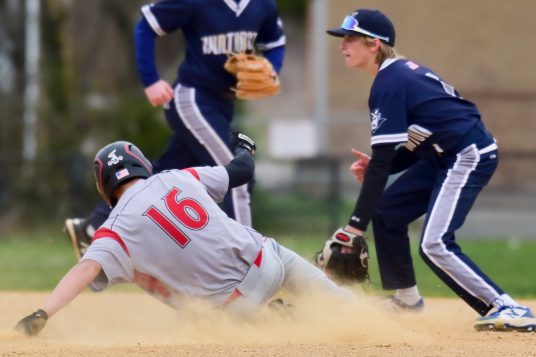
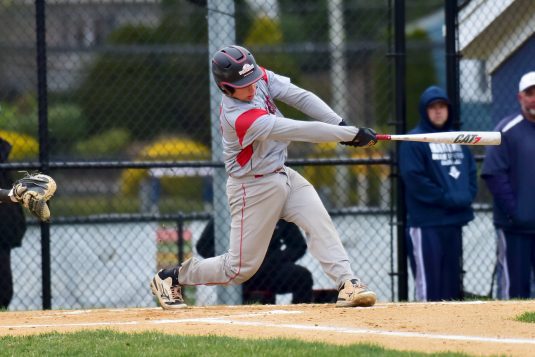
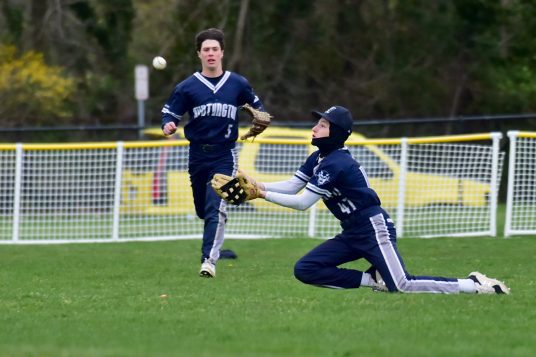
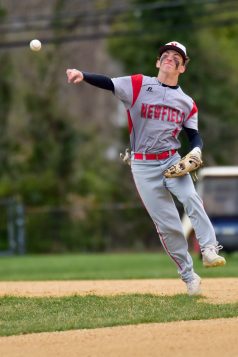
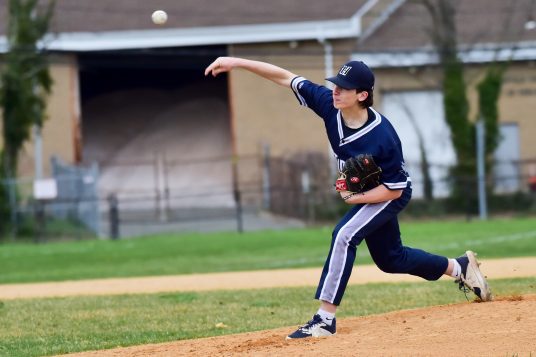
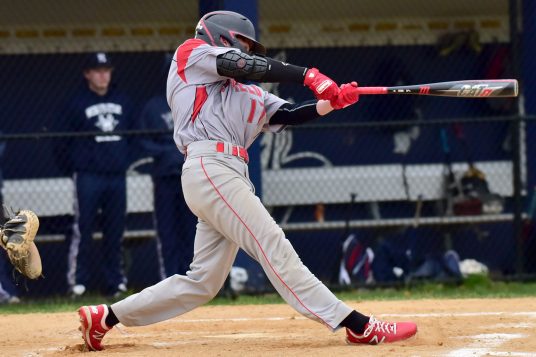
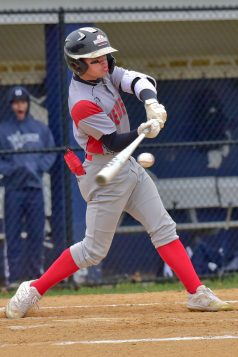
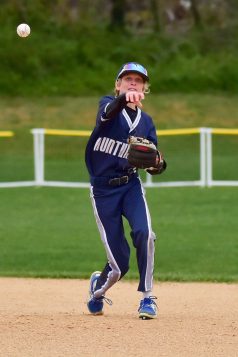
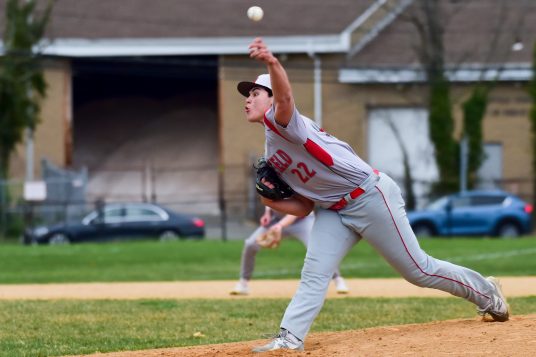
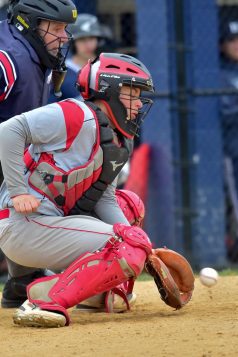
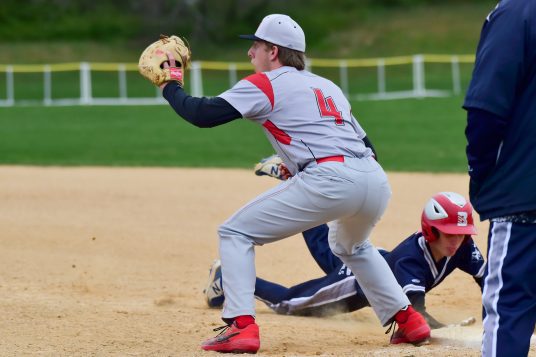
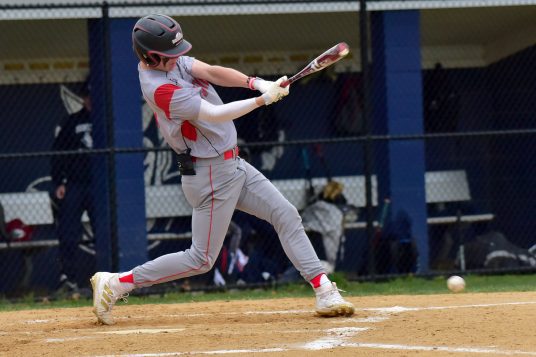
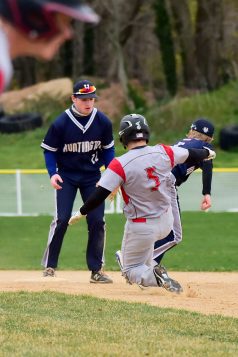
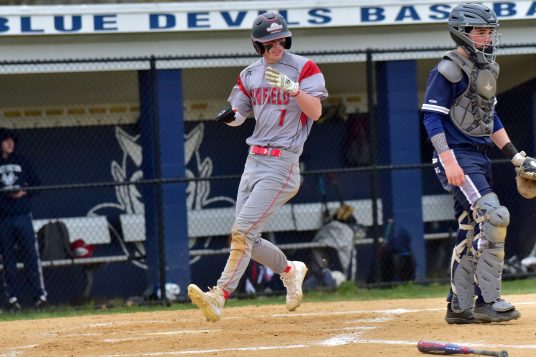
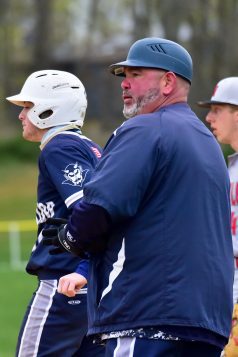
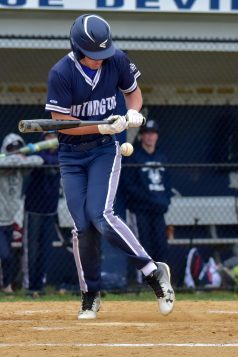
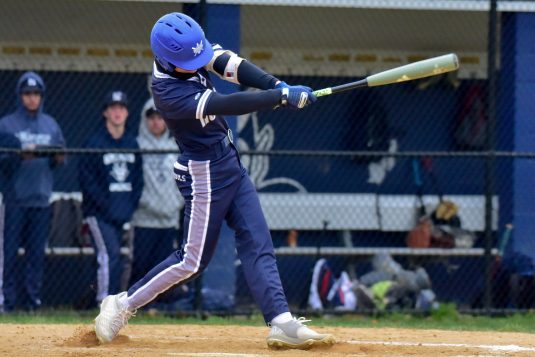
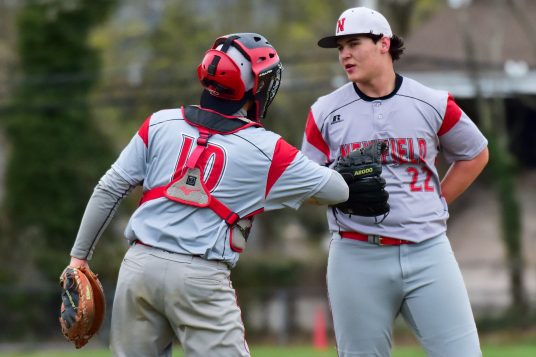
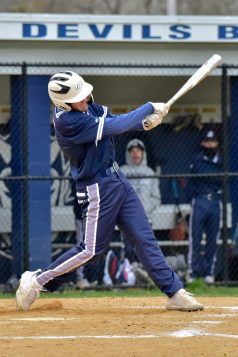
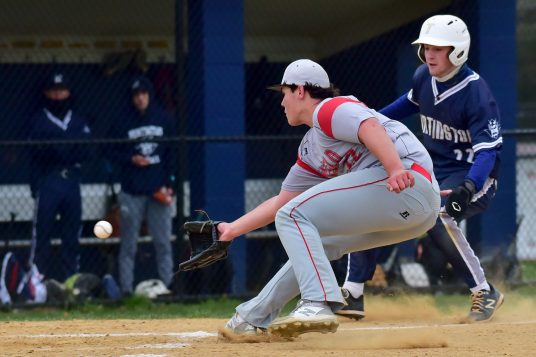
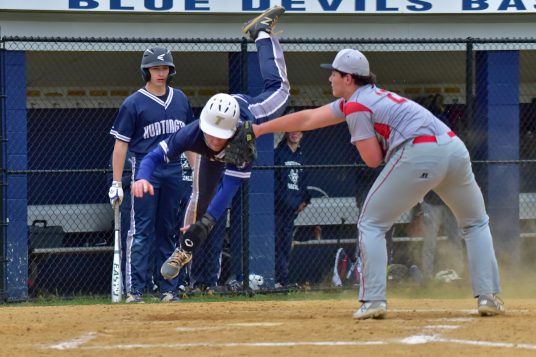
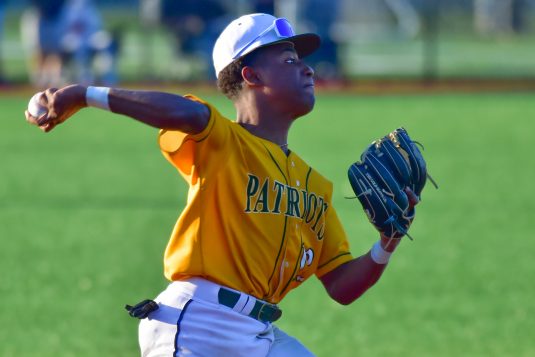
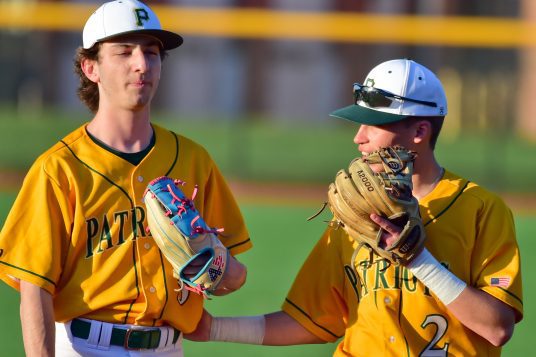
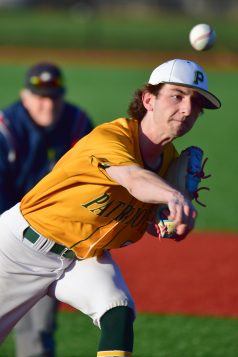
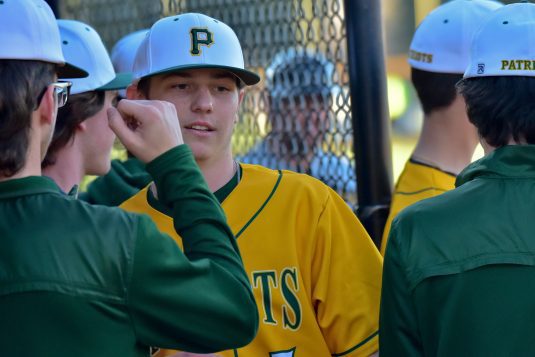
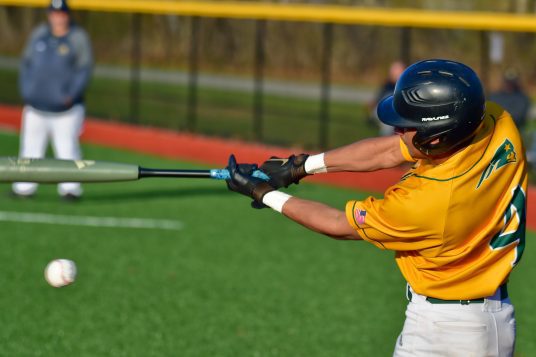
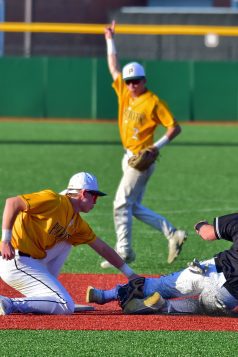
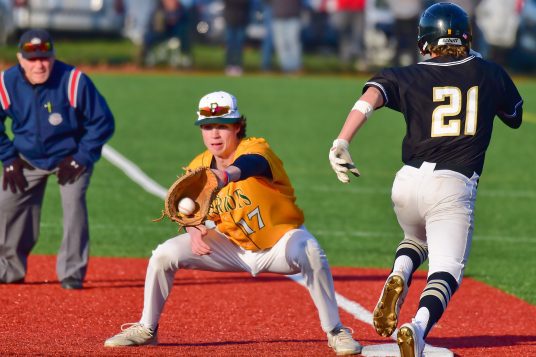
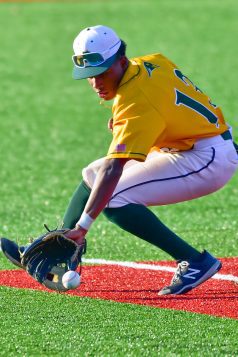
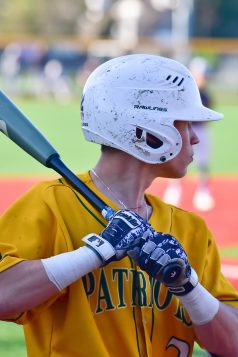
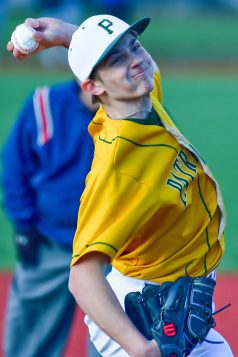
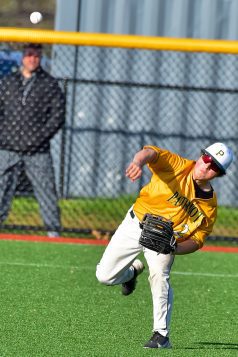
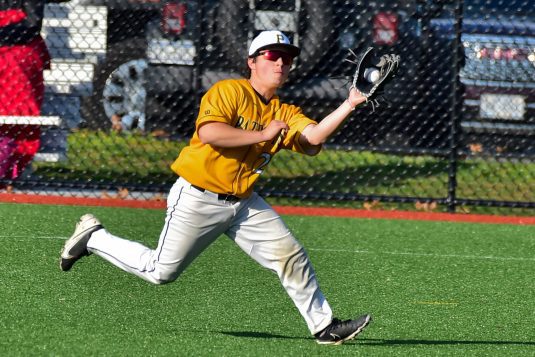
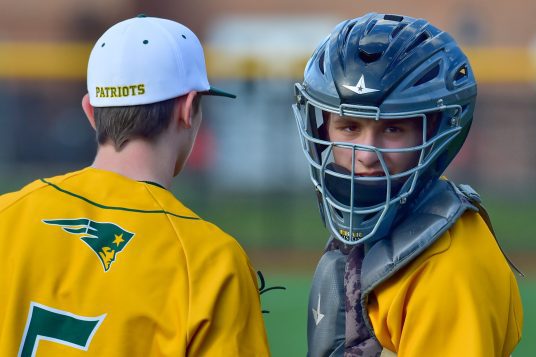
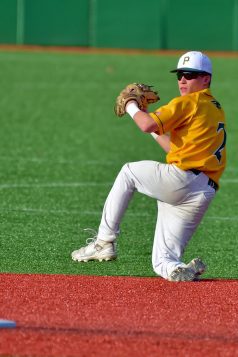
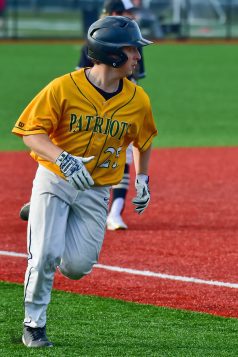
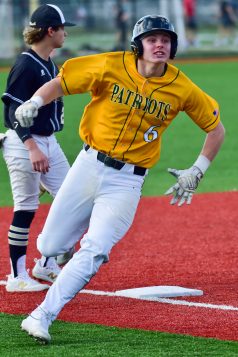
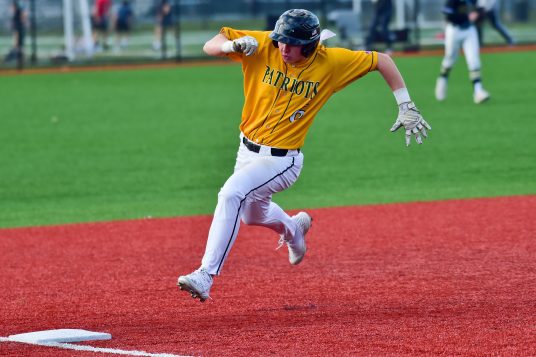
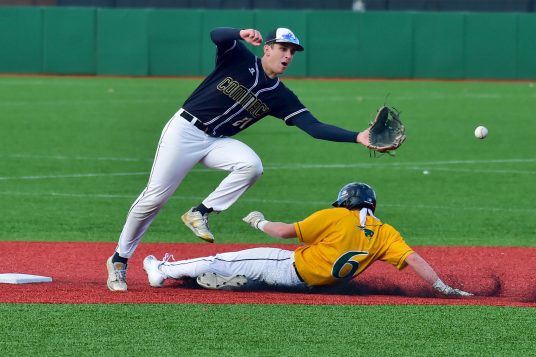
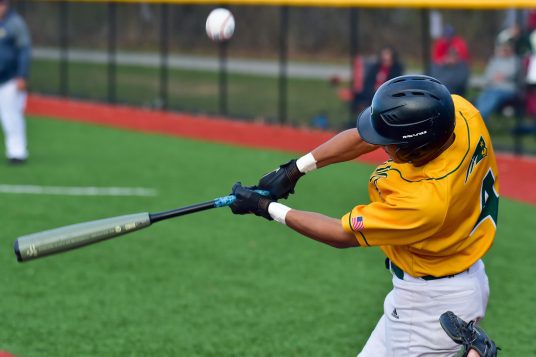
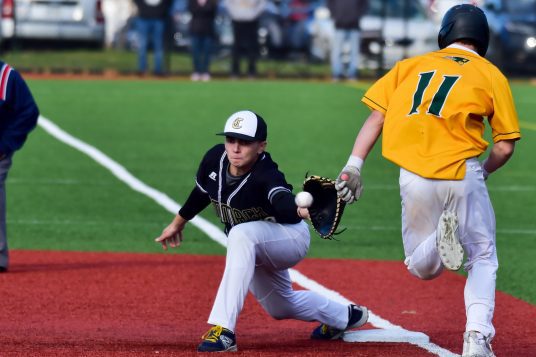
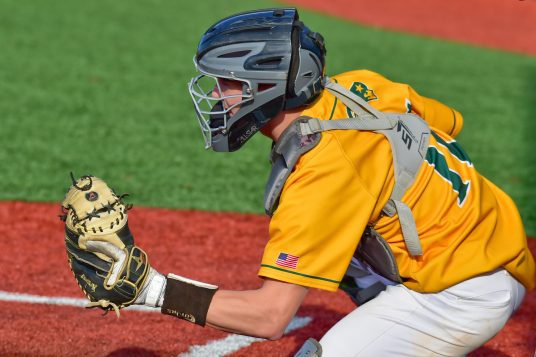

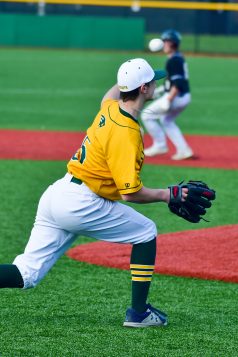
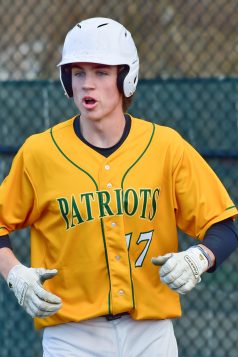
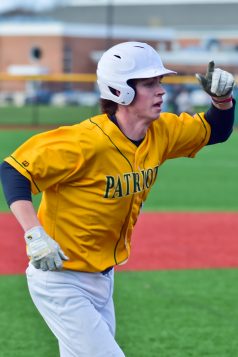
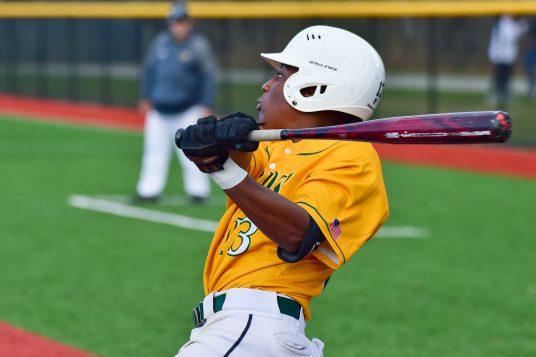
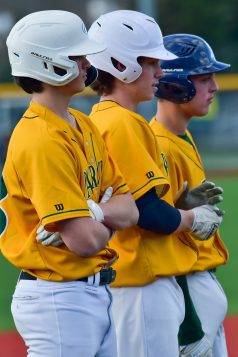
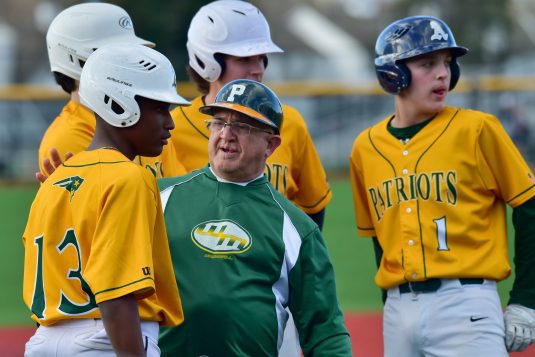
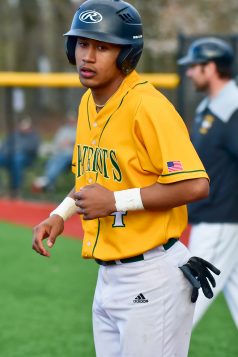
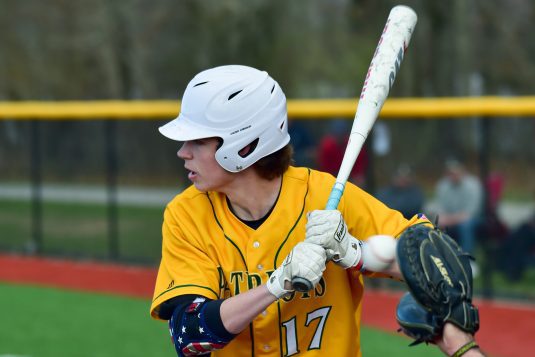
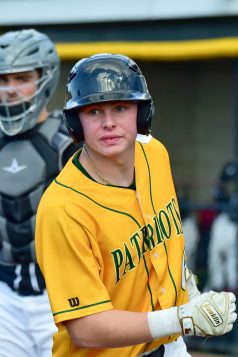
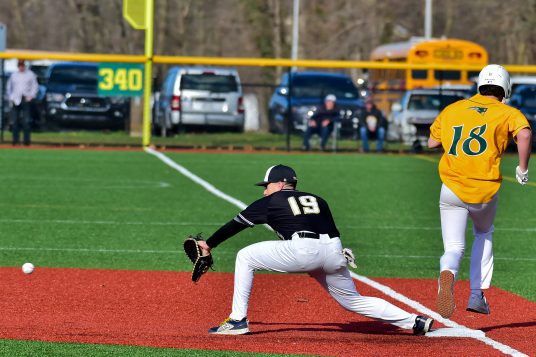
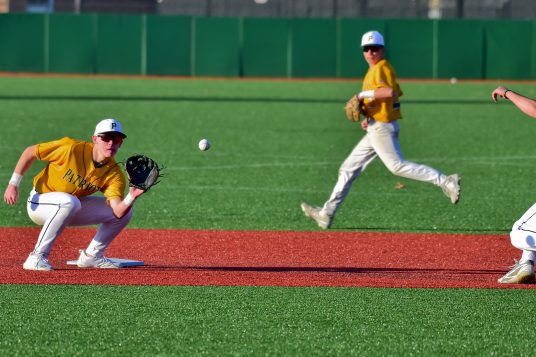
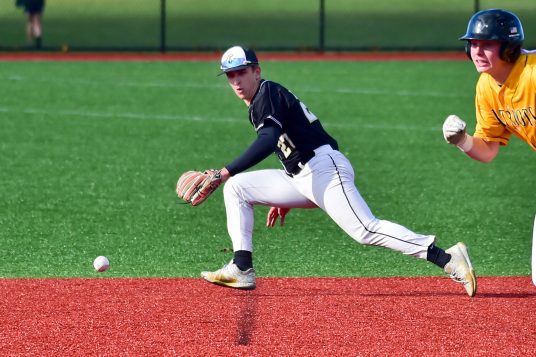
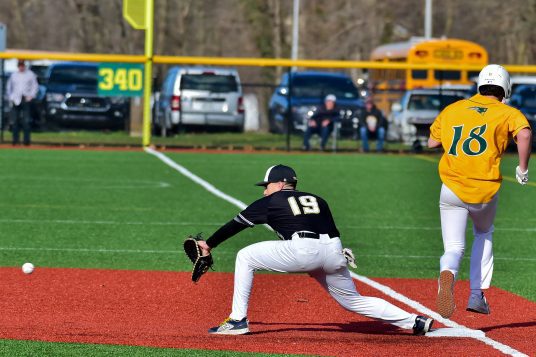
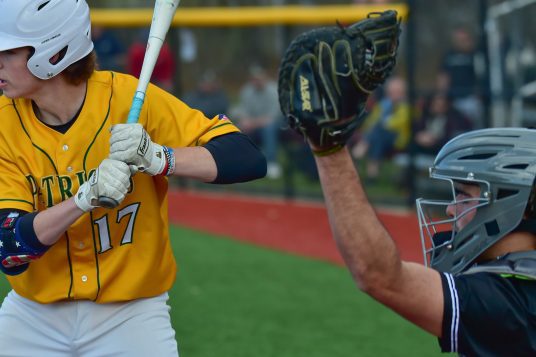
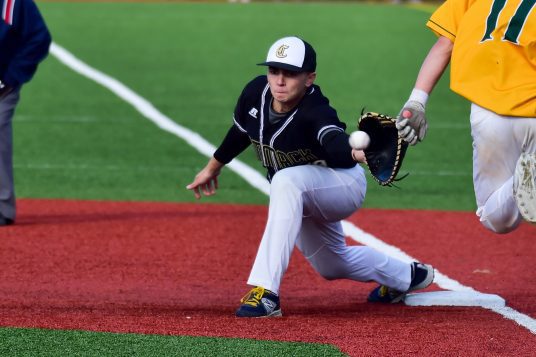
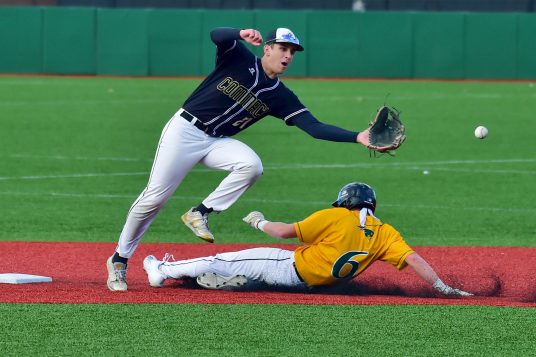
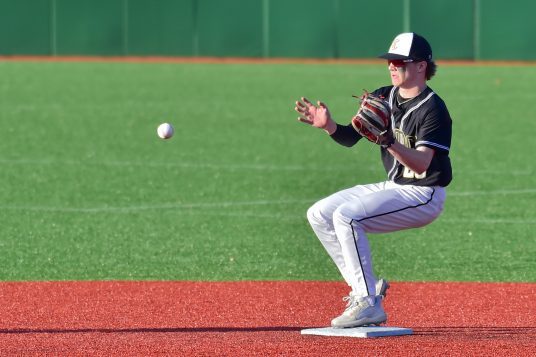
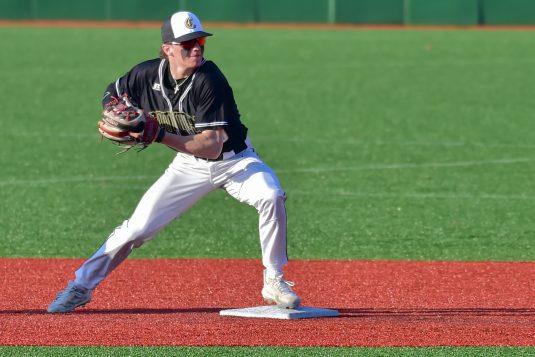
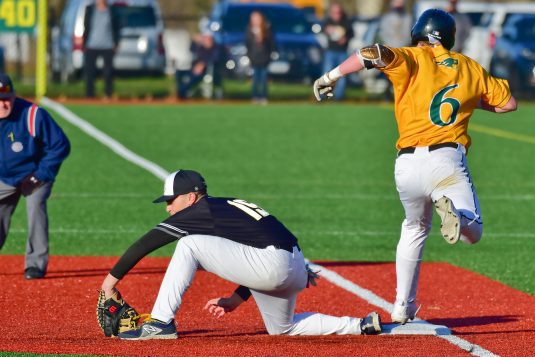
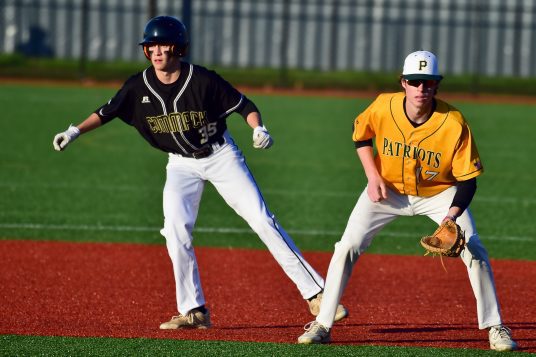
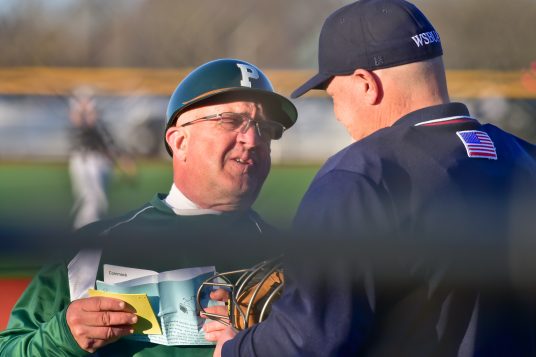
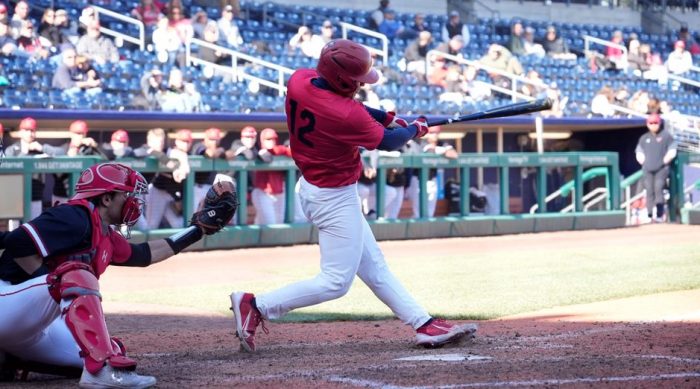
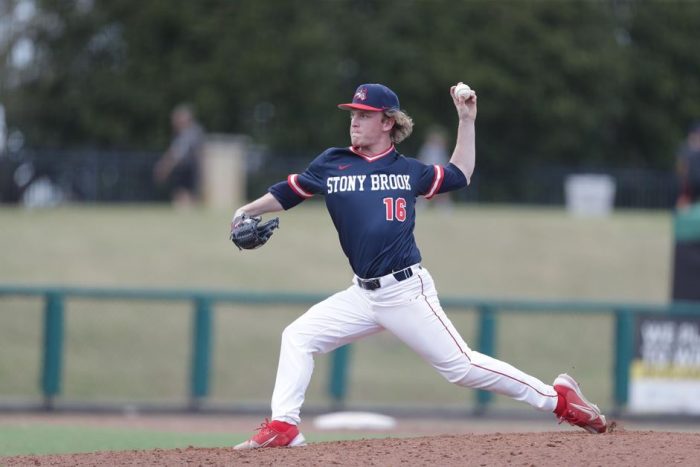
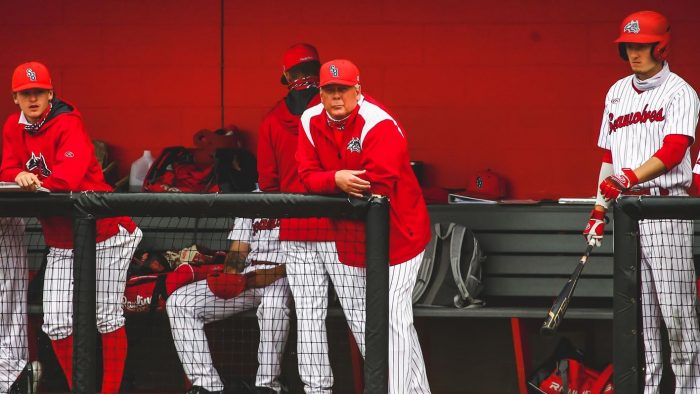






 The regular-season baseball game, which had been delayed for one year due to the COVID pandemic, finally played Thursday evening August 12. It was exciting as if scripted by Hollywood with a surprising edge of your seat twist at the end.
The regular-season baseball game, which had been delayed for one year due to the COVID pandemic, finally played Thursday evening August 12. It was exciting as if scripted by Hollywood with a surprising edge of your seat twist at the end. At the end of the movie, the ghost players were on the field with Ray Kinsella looking on. Suddenly, the catcher takes off his mask revealing he is Kinsella’s deceased dad and after a few words, the father and son play catch leaving all of us to ponder what if we could have just a few minutes to play catch with a loved one.
At the end of the movie, the ghost players were on the field with Ray Kinsella looking on. Suddenly, the catcher takes off his mask revealing he is Kinsella’s deceased dad and after a few words, the father and son play catch leaving all of us to ponder what if we could have just a few minutes to play catch with a loved one.